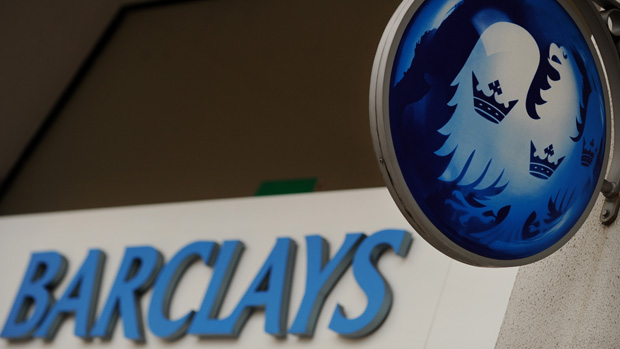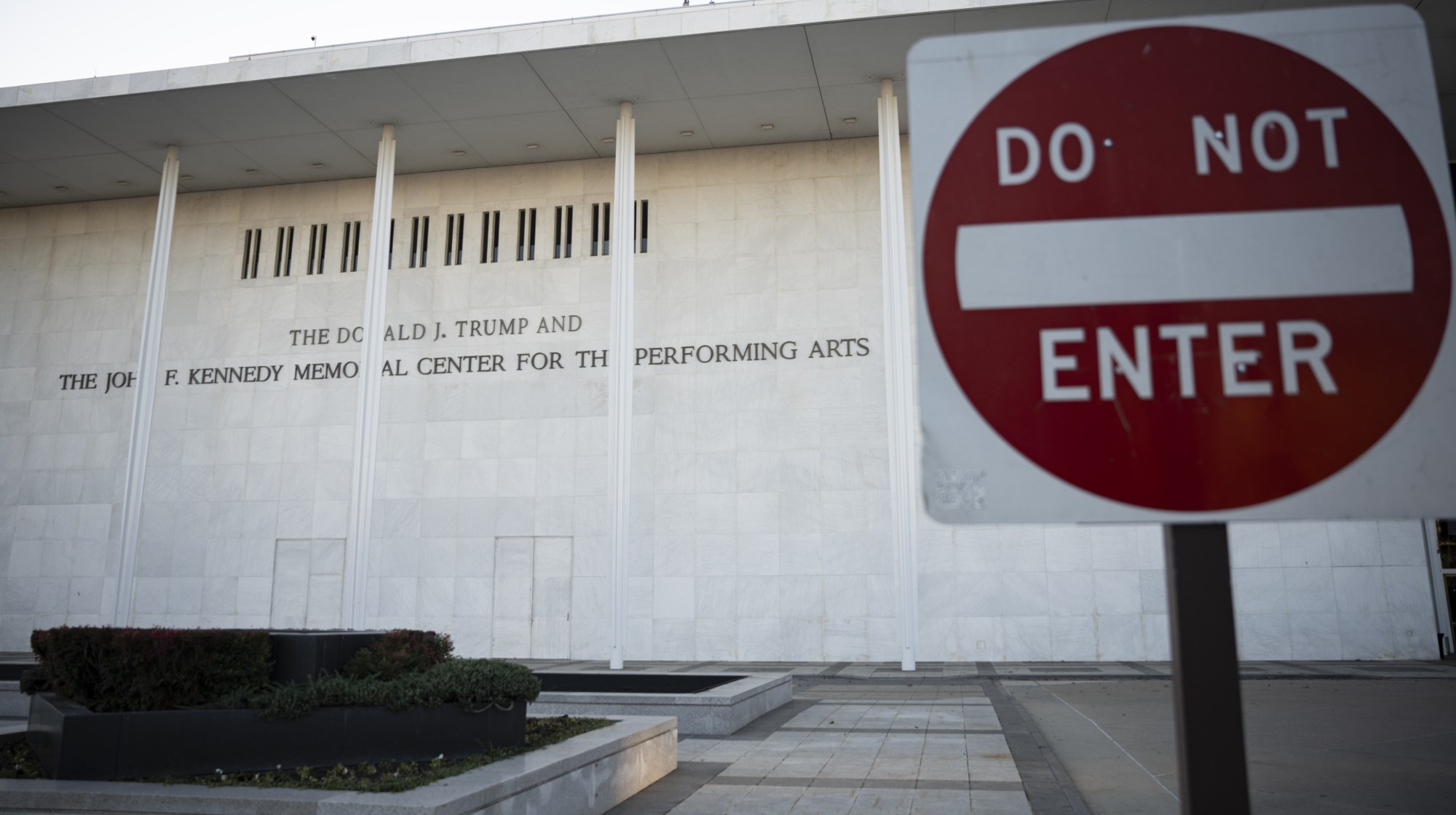The return of 100% mortgages
Some banks are once again offering the entire value as a loan - but parents need to be prepared to step in

In the wake of the financial crisis in 2008, 100 per cent mortgages were roundly criticised for allowing people to take on debt with no security.
When house prices fell millions were left owing their banks more than their property was worth. As a result they were trapped unable to remortgage or sell up as they couldn’t afford to repay their mortgage. Where borrowers could not keep up with payments, banks faced big losses.
At the time 100 per cent mortgages disappeared from the market with lenders not prepared to take the risk of lending the entire value of a home.
The Week
Escape your echo chamber. Get the facts behind the news, plus analysis from multiple perspectives.

Sign up for The Week's Free Newsletters
From our morning news briefing to a weekly Good News Newsletter, get the best of The Week delivered directly to your inbox.
From our morning news briefing to a weekly Good News Newsletter, get the best of The Week delivered directly to your inbox.
But, these niche products are reappearing with several lenders now prepared to lend people the entire value of their home with no deposit. They're still not prepared to take a massive risk: instead the risk falls on the shoulders of the Bank of Mum and Dad.
Some banks will lend the prospective home owner the entire value needed to purchase their home, but in return their parents have to either put their own home up as collateral, or deposit a large cash sum with the lender.
The parental requirement gives the mortgage lender additional security according to David Hollingworth, a director at broker London & Country Mortgages.
“The Bank of Mum and Dad has become part and parcel of many first-time buyers’ hopes of becoming a homeowner,” he told Thisismoney.co.uk.
A free daily email with the biggest news stories of the day – and the best features from TheWeek.com
"That makes it hugely important for the parent and child alike to understand the possible consequences if things don’t go according to plan. That could even mean the loss of the parental property in an extreme case."
But Hollingworth pointed out this has an upside for the would-be buyer. "This is not a return to the 100 per cent lending of the pre-credit crunch era as there is additional security for the lender, which also helps offer a more attractive rate for the child."
The 100% Deals
Market Harborough Building Society is the latest lender to offer a 100 per cent mortgage. The ‘family assistance mortgage’ allows first-time buyers to take on a 100 per cent loan-to-value mortgage on the condition that their parents take out a second mortgage on a property they own.
The overall loan-to-value can’t exceed 75 per cent, which means the parents must have a decent wedge of equity built up in their home. The child then gets a 3.99 per cent interest rate – a 1.5 per cent discount to the lender’s standard variable rate.
Barclays also offers a 100 per cent mortgage, but its family springboard mortgage requires parents or another family member to deposit 10 per cent of the property’s price into a Barclays bank account as security.
The borrower then gets to benefit from a 100 per cent mortgage with a fixed rate of 2.99 per cent for three years. The relative gets their money back plus 1.75 per cent interest at the end of the three years, provided the borrower kept up with their repayments.
Family Building Society, Bath Building Society, Tipton & Coseley Building Society, Vernon Building Society, Kent Reliance and Aldermore all also offer some form of mortgage that allows parents to use their savings or property to guarantee their child’s mortgage.
-
 The week’s best photos
The week’s best photosIn Pictures A new year dawns, a volcano yawns, and more
-
 Wave of cancellations prompt Kennedy Center turmoil
Wave of cancellations prompt Kennedy Center turmoilIN THE SPOTLIGHT Accusations and allegations fly as artists begin backing off their regularly scheduled appearances
-
 8 incredible destinations to visit in 2026
8 incredible destinations to visit in 2026The Week Recommends Now is the time to explore Botswana, Mongolia and Sardinia